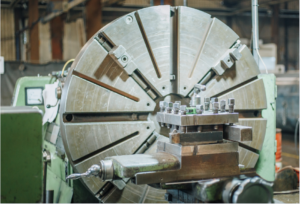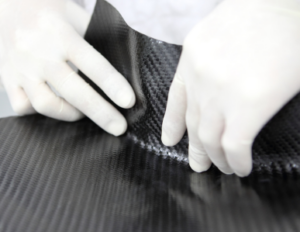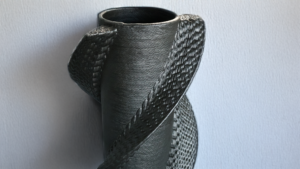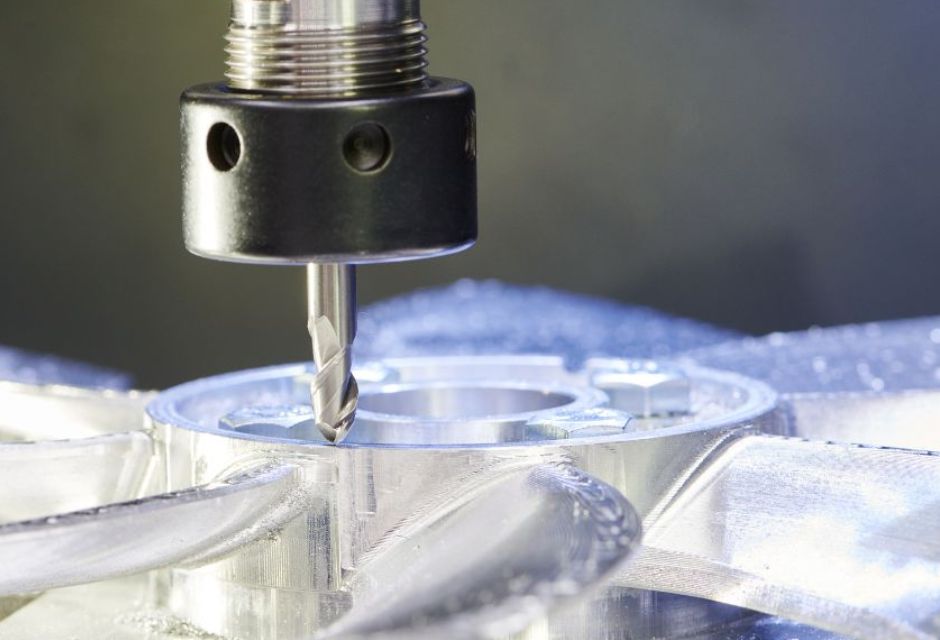
Cutting is a processing method that can also be used for metals.
But, "Are there any metals that cannot be machined?" Are there any disadvantages to cutting?" Some may ask such questions as "What are the disadvantages of cutting?
In this article, in addition to an overview of metal cutting, specific processing methods, processing machines, and points to note are explained.
Please refer to the following section for information on metals that are easy to cut.
For more information about Taiga, click here.Table of Contents
What is metal cutting?
Cutting refers to the process of shaving a material with a tool to create a desired shape.
Cutting is also used to process metals such as stainless steel, iron, and aluminum.
However, appropriate cutting conditions and tools must be selected according to the hardness and viscosity of the material.
The following sections describe metal cutting methods and processing machines.
Methods used in metal cutting
The main machining methods in metal cutting are listed below. The characteristics of each should be kept in mind beforehand.
| Cutting method | feature |
| turning (on a lathe) | The method of processing a material into a desired shape and size by moving a tool against the rotating material. |
| milling | The method of machining by applying a rotating tool to a fixed material, and the surface can be processed to a flat or curved surface. |
| Drilling Process | A drilling machine is used for drilling holes in materials by rotating a tool, a drill is used for drilling holes, and a tool (reamer) is used to adjust the hole precision and surface finish after drilling. |
Processing machines used in metal cutting
The following machining centers are mainly used for metal cutting
| Name of processing machine | feature |
| machining center | Machining machine with various cutting tools built into the tool magazine, enabling machining according to data while automatically replacing tools in process order. |
| NC Lathe | A metalworking machine that processes metal by fixing the material to the machine, rotating it, and applying a tool blade (bite) to cut it. |
| Simultaneous 5-axis | 5-axis machine that simultaneously operates X-, Y-, and Z-axes, as well as rotary and tilting axes, and is capable of machining free-form surfaces and cutting complex shapes that require undercuts. |
Metals Used in Cutting Processes|Which materials are easy to process?
Some metals are easy to process, while others are difficult.
Below are the main metals used in cutting.
Stainless steel type
Stainless steel is an alloy made of iron mixed with materials such as nickel and chromium.
Because of its durability and resistance to rust, it is used in the manufacture of many products.
The main stainless steel-based alloys used as cutting materials are as follows
| name | feature |
| Austenite type SUS303, 304, 316, etc. | Rust-resistant and easy to elongate |
| Phyllite type SUS430, etc. | ∙ Relatively rust-resistant, magnetic and chlorine-resistant |
| Martensitic type SUS416, 440C, 420J2, etc. | SUS416 is easy to cut in the cutting process. |
| Precipitation hardening type SUS630 | Hardens by precipitation hardening heat treatment |
Because stainless steel-based materials are harder than common steel materials, cutting tends to shorten tool life.
It should also be noted that the cost is higher due to the time required for processing.
magnesium alloy
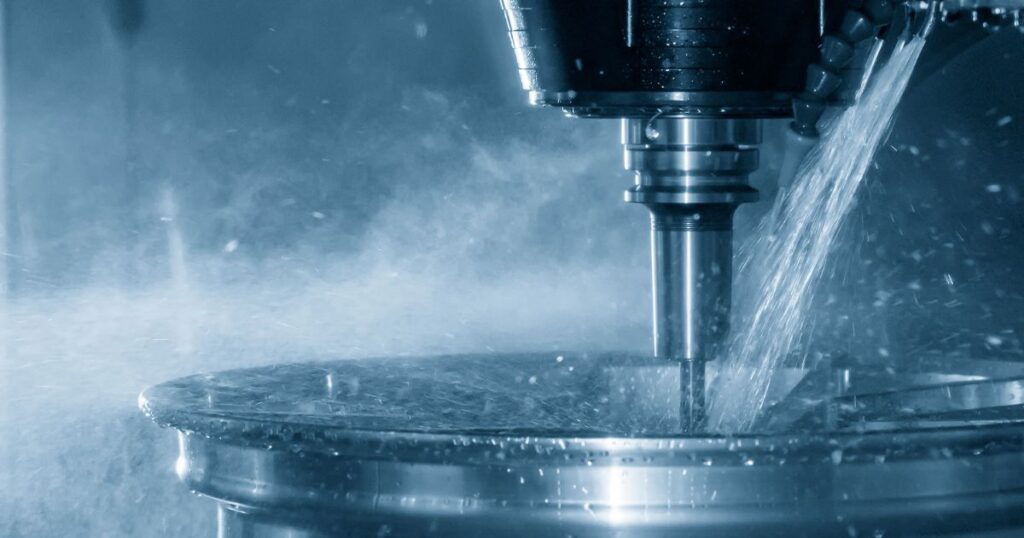
Magnesium has lower cutting resistance than iron and aluminum alloys, making it an easy metal to cut.
There are two main types of magnesium alloys
- Produced by electrolyzing magnesium chloride
- Refining magnesium ingots at high temperatures by adding a reducing agent to magnesium oxide
Magnesium also has the following characteristics
- Excellent blocking of electromagnetic waves
- Excellent dimensional stability and little change after heating
- Higher work hardening rate and dent resistance than aluminum alloys
- Easy to cut
- Can be recycled
Aluminum-based
Aluminum is lighter and softer than other metals.
Among aluminum-based materials, A2017 (duralumin) and A5056 are easy to cut and process.
Note that aluminum-based materials are not suitable for other processing methods, such as welding, due to their lower strength and higher cost than ferrous materials.
iron-based
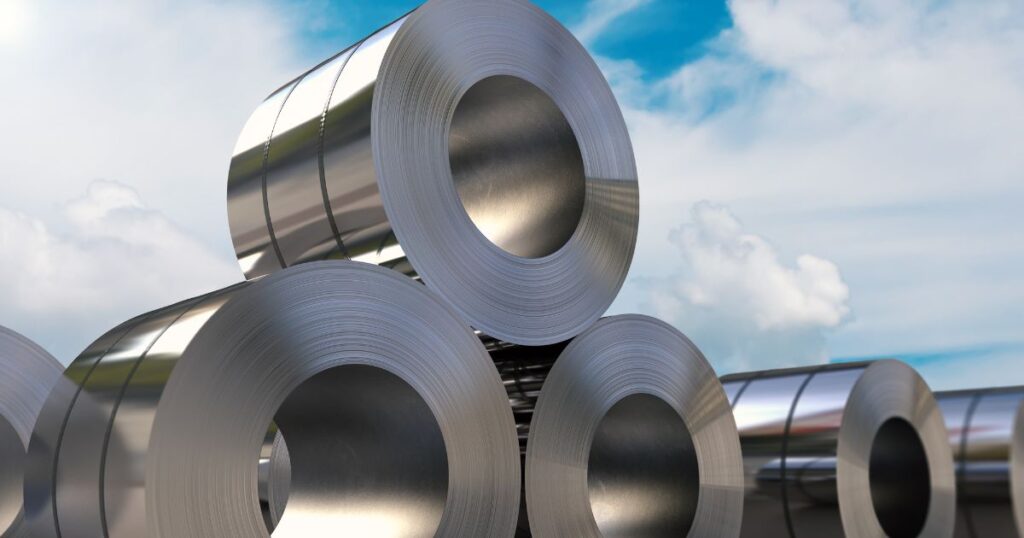
Steel materials are the most commonly used materials for cutting.
It is relatively inexpensive and is often used for parts that do not require corrosion resistance.
Copper alloy
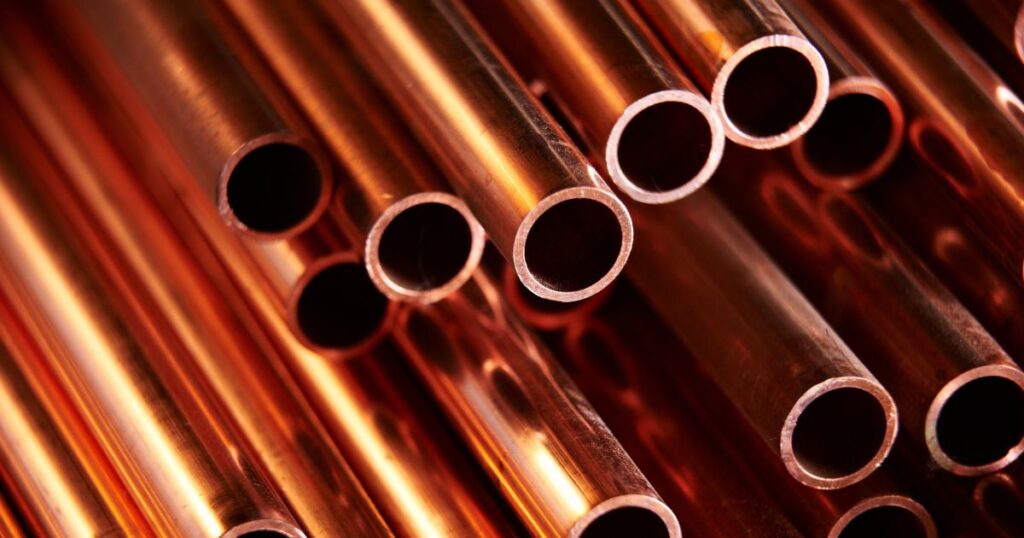
Copper alloys are characterized by high electrical and thermal conductivity.
A wide range of copper alloys are made because of their ease of fusion with other metals.
Other Metals
Other metals used in cutting operations include
| Metal Types | feature |
| Titanium Alloys | ・Half the weight of iron, but stronger and more resistant to corrosion・Low thermal conductivity and viscosity |
| inconel | Super heat-resistant alloy made mainly of nickel. |
| 15-5PH | Precipitation hardening stainless steel: High hardness, high cutting heat generated, and easy tool wear. |
Points to note in metal cutting
This section describes the important points to keep in mind when cutting metal.
Make adjustments to take into account the resistance of the metal
When metal is used in cutting, friction occurs when the tool touches the workpiece.
In the case of metals with high resistance, friction causes increased wear of the tool.
The magnitude of the resistance force depends on the material of the workpiece, the ground contact area with the tool, the rotation speed, and the type of tool.
In particular, note that the cutting area has a significant effect on the resistance.
Tools used for cutting are not inexpensive.
Provide appropriate conditions for machining to prevent wear.
Need to work at appropriate speed
In cutting operations, increasing tool speed increases work speed and efficiency.
However, if the material is metal, increasing the tool speed also increases the risk of deformation of the workpiece due to frictional heat generated between the material and the tool.
When cutting metal, set the appropriate speed depending on the material, tool, and what is being machined.
Requires attention to temperature rise during processing
In cutting, friction between the workpiece and the tool generates high heat.
Care must be taken to avoid deformation of the workpiece and other effects on machining accuracy due to high temperatures.
The faster the processing speed, the more heat is generated, and the larger the processing area, the more friction is likely to occur.
To prevent temperatures from becoming too high, cutting processes require the use of cutting oils that reduce friction between the workpiece and the tool, for example.
Summary
An overview of metal cutting, the methods used, processing machines, and the metals used as materials was explained.
The suitability and difficulty of the cutting process varies depending on the metal used as the material.
In order to achieve the desired product manufacturing, it is important to select an appropriate supplier that can perform processing with high technology and quality.
If you are considering manufacturing parts utilizing the cutting process, please contact us.Taiga."Taiga is a free service that allows you to consult with experienced contractors.
We can efficiently proceed with the development of difficult or new parts, small-lot production, prototyping, and mass production while keeping costs low.
For more information about Taiga, click here.
 0120-987-742
0120-987-742